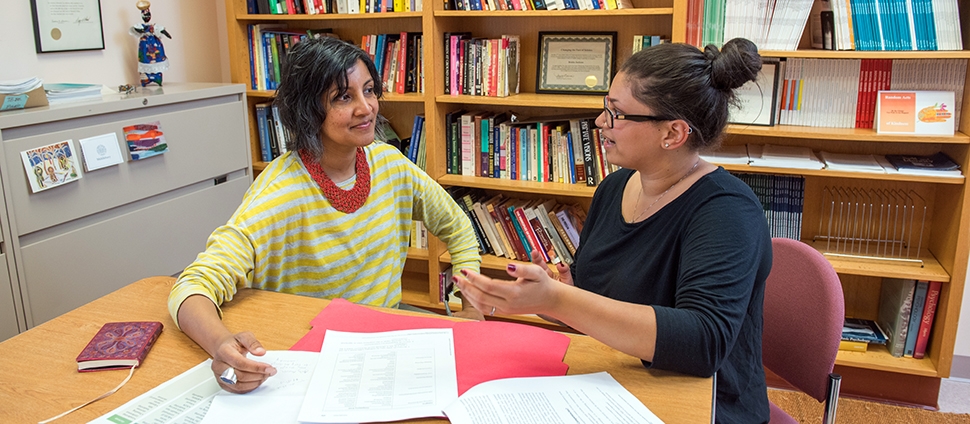Document Type
Article
Publication Date
3-1-2008
Publication Title
Memory and Cognition
Abstract
Mental rotation of objects improves when passive tactile information for the rotating object accompanies the imagined rotation (Wraga, Creem, & Proffitt, 2000). We examined this phenomenon further using a within-subjects paradigm involving handheld objects. In Experiment 1, participants imagined rotating an unseen object placed on their upturned palms. The participants were faster at mental rotation when the object was rotated on their palm than when the object remained stationary. Experiment 2 tested whether the performance advantage would endure when the participants received tactile information for only the start- and endpoints of the rotation event. This manipulation did not improve performance, relative to a stationary control. Experiment 3 revealed that ambiguous tactile information, continuous with the rotation event but independent of object shape, actually degraded performance, relative to a stationary control. In Experiment 4, we found that continuous tactile rotation discrepant from imagined object movement also hindered performance, as compared with continuous tactile information aligned with imagined object movement. The findings suggest a tight coupling between tactile information specifying continuous object rotation and the corresponding internal representation of the rotating object. Copyright 2008 Psychonomic Society, Inc.
Volume
36
Issue
2
First Page
271
Last Page
281
DOI
10.3758/MC.36.2.271
ISSN
0090502X
Rights
Copyright 2008 Psychonomic Society, Inc
Recommended Citation
Wraga, Maryjane; Swaby, Monique; and Flynn, Catherine M., "Passive Tactile Feedback Facilitates Mental Rotation of Handheld Objects" (2008). Psychology: Faculty Publications, Smith College, Northampton, MA.
https://scholarworks.smith.edu/psy_facpubs/133



Comments
Archived as published.